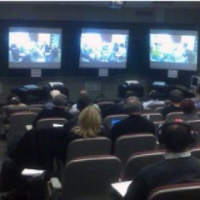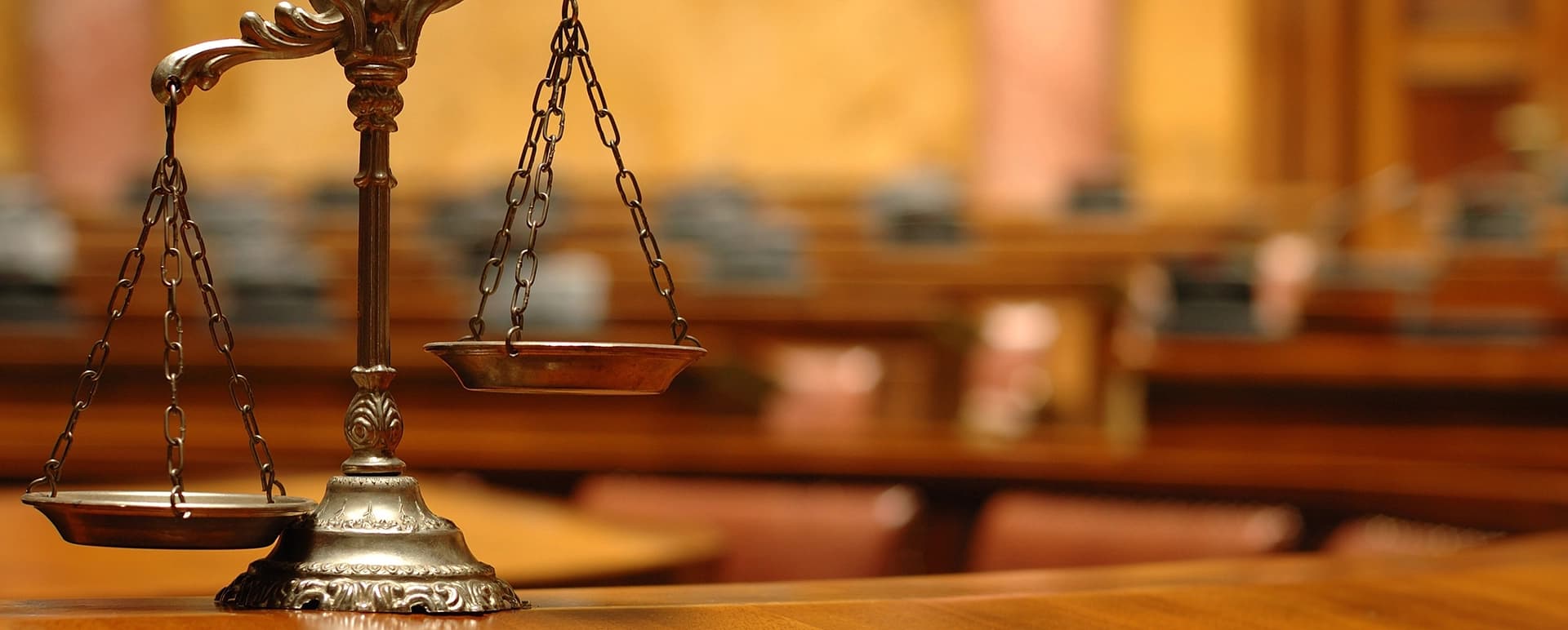Trial Presentation Top-Tier Solutions for Courtroom Presentations
Trial Presentation Top-Tier Solutions for Courtroom Presentations
Blog Article
Astound the Jury: Necessary Aspects of a Powerful Trial Presentation
In the world of lawful advocacy, the ability to captivate a jury is paramount to the end result of a test (trial presentation). Necessary aspects such as understanding the target market, crafting an engaging narrative, and understanding spoken and non-verbal interaction are vital elements of an effective discussion. In addition, the critical use of aesthetic aids can dramatically boost comprehension and retention of essential debates. As these factors link, they form a natural strategy that not just informs yet likewise involves jurors on several degrees. What particular strategies can genuinely transform a common presentation into a memorable experience for the court?

Understanding Your Audience
Comprehending your target market is a crucial facet of reliable test presentation. An effective discussion pivots on the ability to understand the demographics, values, and tendencies of jurors. This understanding educates just how debates are mounted, proof is offered, and sob stories are crafted, making sure that the message reverberates with the jurors on an individual level.
Research study indicates that jurors come from varied histories and may have varying degrees of comprehending relating to lawful process. Additionally, understanding the jurors' potential prejudices and life experiences enables the test presenter to anticipate arguments and address worries proactively.
Efficient trial presentation also entails observing jurors' responses during the process. Being attuned to non-verbal cues can offer insight right into their interaction and receptivity, enabling real-time modifications in technique. Inevitably, a profound understanding of the audience not only improves communication however also constructs rapport, raising the chance of a favorable result. Engaging with jurors as individuals instead than a collective device is crucial in promoting a strong connection in the court room.

Crafting an Engaging Story
Crafting a compelling story is important in directing jurors through the intricacies of a case. A well-structured story not only streamlines elaborate lawful principles yet additionally engages jurors on an emotional degree, making the info more relatable and unforgettable.
This message ought to reverberate with the jurors' worths and experiences, fostering a connection that goes beyond mere realities. This chronological method can aid jurors adhere to the progression of events, stressing reason and effect.
Integrating human components-- such as individual stories or narratives-- can additionally boost the narrative's effect. These elements evoke compassion, permitting jurors to visualize the repercussions of the instance on the real worlds. Furthermore, utilizing a constant motif throughout the presentation strengthens the primary debate, making it simpler for jurors to keep essential points.
Eventually, a compelling story changes a trial presentation from a plain recitation of truths into an influential tale that astounds the court, urging them to mull over with both factor and feeling.
Utilizing Visual Aids
Including aesthetic help into a trial discussion can dramatically boost jurors' understanding and retention of info. Aesthetic materials such as graphes, representations, pictures, and video clips can change complicated legal principles and proof into conveniently absorbable layouts. By involving several senses, these help allow jurors to visualize the instance's crucial elements, making it simpler for them to adhere to along and comprehend complex details.
Moreover, properly designed visual help can highlight vital factors and highlight relationships in between different items of evidence. As an example, timelines can successfully illustrate the series of occasions, while annotated photos can clear up particular details pertinent to the case. This not just aids in understanding however additionally reinforces the story provided by the attorney.
It is important, nonetheless, to ensure that aesthetic aids matter, clear, and professionally provided. Extremely complex or messy visuals might overwhelm jurors and take away from the message. When utilized sensibly, aesthetic help serve to match the dental debates and improve the overall impact of the trial discussion. Ultimately, effective visual interaction can be an effective tool in convincing jurors and aiding them get to informed final thoughts.
Grasping Verbal Interaction
Efficient verbal communication is essential in a trial presentation, as it serves as the key methods with which attorneys communicate their arguments and connect with jurors. Simpleness in language cultivates understanding and aids jurors realize complicated problems presented during the test.
Moreover, tone and pacing substantially effect exactly how messages are received. A certain tone communicates Read Full Report authority, while proper pacing enables jurors to absorb details without feeling overwhelmed. Attorneys should additionally vary their vocal inflections to stress bottom lines and maintain jurors' passion throughout the discussion.
Furthermore, the organization of spoken find out this here disagreements is vital. Structuring the narrative realistically and coherently helps jurors comply with the attorney's line of thinking, making it less complicated for them to maintain crucial details. Utilizing persuasive methods, such as storytelling, can additionally improve the emotional vibration of the arguments offered, thus developing a more extensive connection with jurors.
Eventually, understanding verbal interaction not only enhances a lawyer's situation yet likewise cultivates count on and rapport with the jury, significantly improving the chances of a favorable judgment.

Engaging With Body Movement
Nonverbal communication plays a vital duty in trial discussions, commonly communicating messages that words alone can not share. Body movement, including motions, pose, facial expressions, and eye call, considerably affects how jurors regard the reputation and genuineness of the presenter. A certain stance, with shoulders back and an open stance, can impart trust fund, while closed-off body language might suggest defensiveness or unpredictability.

Faces ought to mirror the emotions related to the situation, enhancing the narrative being offered. A sincere expression during a touching minute can generate compassion and strengthen the emotional allure. Ultimately, understanding body language is essential for reliable trial presentations, as it improves spoken communication and develops an engaging presence that resonates with the court.
Conclusion
Finally, astounding the court necessitates a critical approach that includes recognizing the audience, crafting a compelling narrative, Learn More making use of aesthetic help, mastering verbal interaction, and involving via body language. Each aspect plays an important duty in developing a powerful trial presentation that resonates with jurors on both psychological and intellectual degrees (trial presentation). By incorporating these parts effectively, attorneys can significantly enhance their ability to convince and influence jury decision-making
Report this page